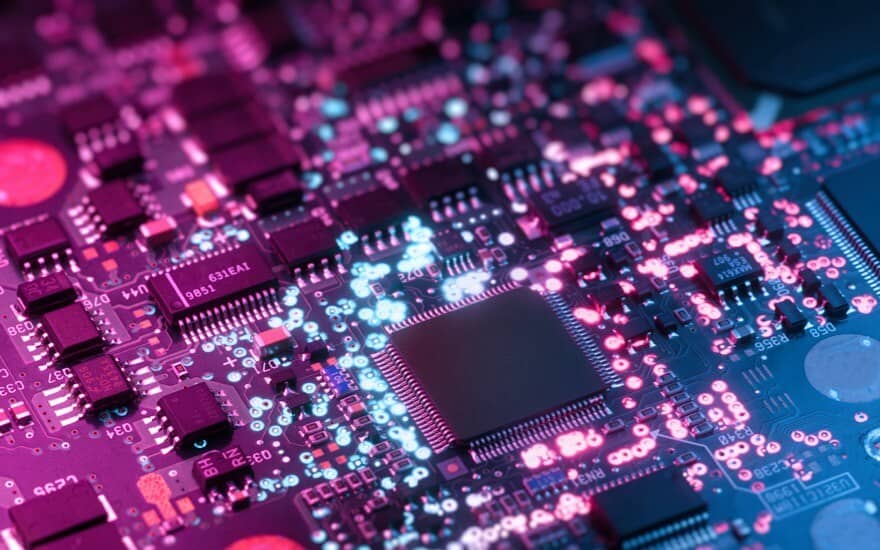How can 5G and edge computing complement and enhance each other
Published on 10/11/2021 in Innovate
5G and edge computing are essential technologies for making full use of the potential of IoT innovations. The combination of the two ensures secure, direct and even faster data processing in various use cases.

What advantages does 5G offer?
5G has everything it takes to accelerate the Internet of Things (IoT). The fifth-generation network provides faster, more stable and secure connectivity between different IoT devices, datacenters and the cloud. In this way, 5G opens the way/(or: opens the door) to new applications: from self-driving vehicles over remote medical interventions to connected robots in business environments.
What are the benefits of edge computing?
IoT devices and their applications are sending greater and greater amounts of data to the cloud. This massive data exchange increases costs and the risk of delays. However, it is often better to analyze some of this information locally. Edge computing processes data as close to the source as possible – sometimes in the IoT devices themselves – which reduces data flows and costs, lowers latency and allows of great flexibility.
How do 5G and edge computing complement each other?
Edge computing brings the computing power (back) to the device itself, allowing it to make a decision faster. All data requiring further analysis is sent by 5G at incredible speed to the datacenter or cloud for further processing, storage and analysis. In this way, optimal cross-fertilization is created.
5G and edge computing in practice
The combination of 5G and edge computing offers great benefits in numerous use cases. In production environments, for example, machines must immediately detect unsafe situations and avoid them. By analyzing the available information locally, the intermediate step in the cloud is skipped. This improves the speed of action and therefore also safety. The stable and fast connection that 5G offers allows remote intervention and the aggregation of data from all machines. An identical scenario can be seen, for example, with automatic vehicles in a city or on an industrial site.
Do 5G and edge computing always need each other?
While 5G and edge computing complement each other perfectly, it is not always necessary to combine them. Much depends on the specific organizational needs. Edge computing also works very well in combination with Wi-Fi 6 or fiber when applied to smaller indoor environments. 5G is the preferred choice for large sites, outdoor environments or where central control of the network takes precedence over roaming between different Wi-Fi access points.
Some organizations prefer edge computing when meeting the demand for local data processing. In that case, 5G is not always a priority. In turn, in environments where IoT applications are less prominent, edge computing does not always need to complement 5G technology.
What added value do 5G and edge computing offer your organization?
The use of IoT applications is rapidly increasing. Proximus launched the first 5G network in Belgium and is on the eve of the full rollout of 5G in our country. It is therefore appropriate to include the possibilities of 5G and edge computing in the development of any new ICT architecture.
The challenge for companies, organizations and governments is to adapt their network infrastructure to their future needs. To help you chart the right course, Proximus has set up a 5G innovation platform. Customers and partners test the very latest 5G technology together, which allows them to test and validate their use cases for 5G at a limited investment cost. In short, the optimal setting to discover how 5G and edge computing take IoT applications to the next level!
Do you have plans for a 5G project? Proximus has launched the unique 5G innovation platform. Here, you can test and validate your 5G projects in practice.
One
One magazine is the Proximus B2B magazine for CIOs and IT professionals in large and medium-sized organisations.